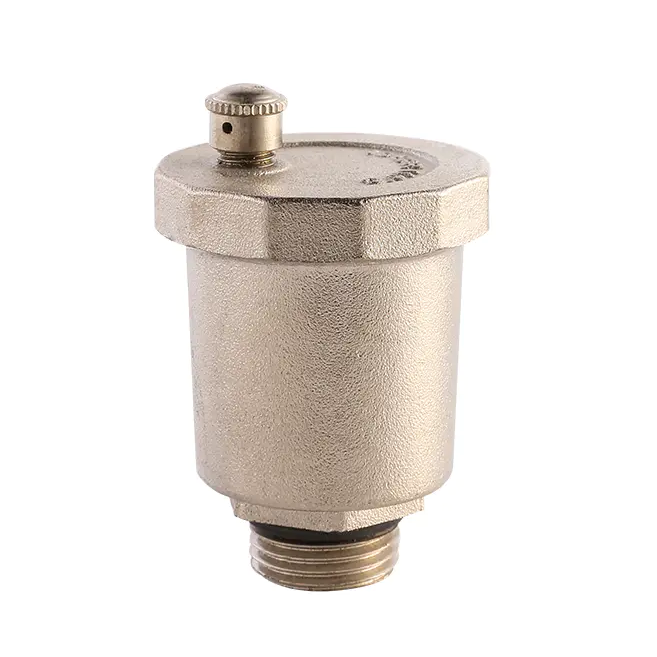An air vent valve is an essential component in many industrial, residential, and automotive systems, serving a critical role in maintaining proper air flow and pressure. These valves are designed to release trapped air from pipelines, tanks, or heating systems, preventing operational issues and ensuring safety. By allowing air to escape while maintaining system integrity, an air vent valve helps maintain efficiency and reduces the risk of damage caused by air pockets.
In heating and cooling systems, an air vent valve ensures smooth operation by removing air that can interfere with fluid circulation. When air accumulates in pipes, it can create blockages that reduce flow and cause uneven heating or cooling. Installing an air vent valve at strategic points in the system helps maintain consistent performance and prevents unnecessary wear on pumps or other components. These valves are commonly used in hydronic heating, radiators, and chilled water systems, where air management is crucial.
Another important function of an air vent valve is in automotive and mechanical applications. In vehicles, air can become trapped in brake lines, fuel systems, or hydraulic circuits. An air vent valve facilitates the removal of this air, ensuring reliable operation and safety. By preventing air pockets from forming, these valves contribute to smoother performance and reduce the likelihood of system failure.
The design of an air vent valve can vary depending on the application. Manual air vent valves allow operators to control air release directly, while automatic air vent valves operate without intervention, releasing air as it accumulates. Both types are produced with precision to ensure proper sealing and long-lasting performance. Manufacturers pay close attention to materials, such as brass, stainless steel, or high-grade plastics, which provide durability and resistance to corrosion. This ensures that the air vent valve can function reliably even in harsh or high-pressure environments.
Maintenance of an air vent valve is generally straightforward but critical for optimal performance. Regular inspection and cleaning prevent blockages and ensure that the valve continues to operate effectively. In addition, understanding the correct installation and positioning of the valve within the system is essential. Properly installed air vent valves minimize maintenance needs and extend the service life of the entire system.
In industrial applications, air vent valves play a role in protecting pumps, compressors, and other equipment. Trapped air can reduce efficiency, cause vibrations, or lead to cavitation, which can damage machinery over time. By incorporating an air vent valve, engineers can avoid these problems and maintain smoother, safer operations. The presence of these valves also allows for easier system commissioning and troubleshooting.
Sustainability is another consideration in modern air vent valve design. By reducing energy losses and preventing unnecessary wear on equipment, these valves contribute indirectly to more energy-efficient operations. Manufacturers are increasingly focusing on producing valves that balance reliability, environmental impact, and ease of use, ensuring that systems run efficiently with minimal intervention.
The air vent valve is a crucial component in many systems, ensuring safety, efficiency, and consistent performance. Its role in removing trapped air helps prevent damage, maintain smooth operations, and support long-term reliability. Whether in industrial pipelines, heating systems, or automotive applications, air vent valves are integral to system performance and require careful selection, installation, and maintenance to function effectively.

